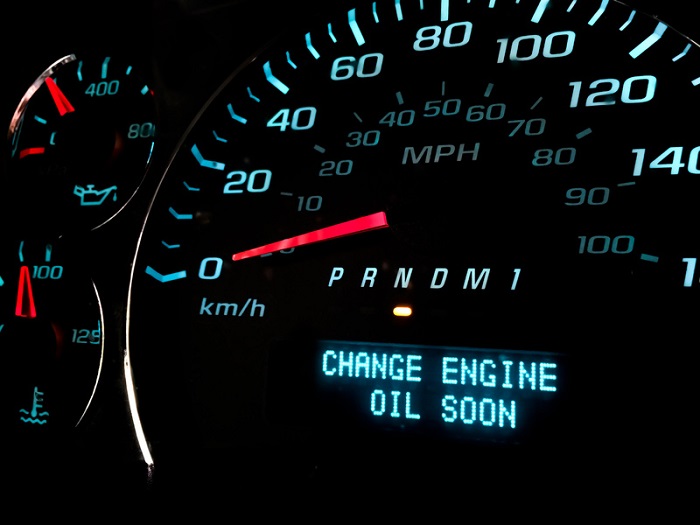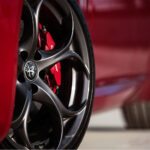Whether you drive a new 2017 Alfa Romeo Giulia or an older vehicle, your car communicates with you in various ways. If you’ve ever waited too long to change your brake pads, you’ve probably heard screeches coming from your wheel wells, for example.
Noises aren’t the only way that a vehicle communicates. It also communicates through sensations such as vibrations and visual cues. The wear patterns on your tires can indicate that you have a problem that needs to be addressed, for instance. The warning lights on your dashboard can also provide alerts about a wide range of problems.
Because the information your dashboard lights communicate is important, we thought it would be a good idea to discuss some of them and provide instruction about what you should do if they become illuminated. Here are some common dashboard warning lights and how you should react to them:
- Tire Pressure Light: This light comes on when your tire pressure is lower than the recommended level or you’re slowly losing pressure in your tires. If this light is on, add air to your tires so that your air pressure is at the right level.
- Forward Collision Warning System Light: When this light is on, it means your forward collision warning system isn’t enabled. Use extra caution and bring your car into our Alfa Romeo dealership to have your system checked as soon as you can.
- Check Engine Light: Also known as a “malfunction indicator light,” this light is telling you that you have a problem with your engine if it stays on beyond the few seconds it takes to start your car. If this light comes on, your automobile can still travel at moderate speeds, but you should avoid challenging road conditions and high speeds. If you drive with this light on for too long, your vehicle can suffer significant damage so bring your car into our Florence, KY Alfa Romeo service center
For more information about the meaning of dashboard warning lights, contact Jake Sweeney Alfa Romeo today.






